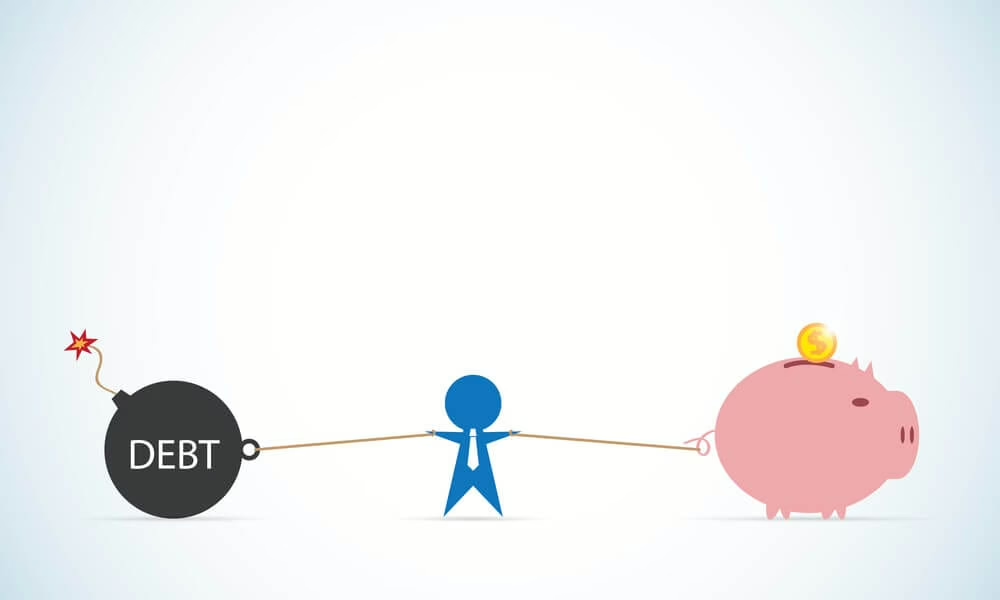Save for Retirement or Pay off Debt?
With inflation at 30-year highs, and interest rates increasing for the first time in decades to combat this inflation, you may find that your hard earned money isn’t going as far these days. For anybody that is trying to save for retirement while still paying off debt (whether that’s mortgage debt, consumer debt or any other kind of debt), you may find it difficult to choose between the two goals, especially in our current environment. Consider this… if you are in a higher marginal tax bracket (28% or higher) and if you only have $1 to invest or pay off debt, contribute this $1 to your RRSP first. This $1 will then be deducted from your income and will save you 28% or more in income tax, rather than saving the 2-4% of mortgage interest. For those who already have taxes deducted off their income by their employer, contributing the $1 to the RRSP will also generally provide you with a tax refund. This tax refund can then be used to pay down your debt. If you have mortgage debt and consumer debt, pay off the debt that charges the highest interest rate. By contributing to your RRSP first, you are satisfying your retirement savings goal, while also saving income tax and likely generating a tax refund. Using the tax refund to pay down your debt allows you to also satisfy your debt payment goal. As inflation eats into our purchasing power, we need to stay creative in our financial planning strategies. If this idea appeals to you, you may want to consider this strategy.
Written by:
Jon Glougie, CFP®, CIM®
Associate Portfolio Manager
Luft Financial, iA Private Wealth





